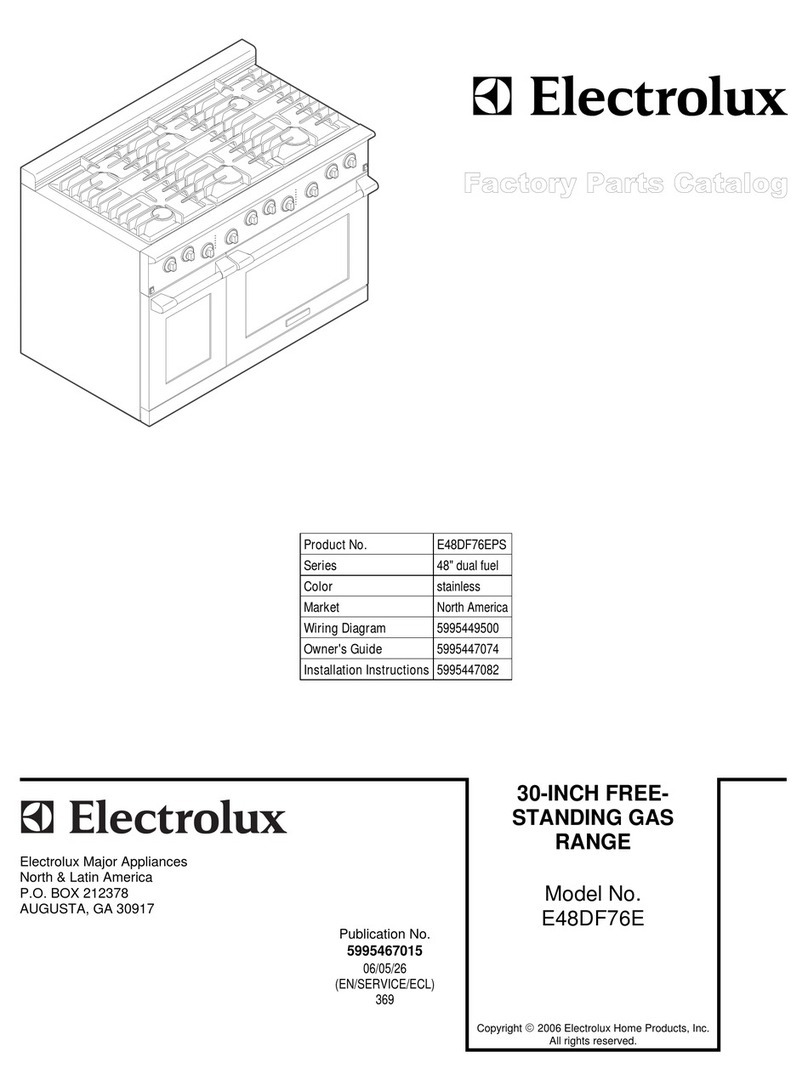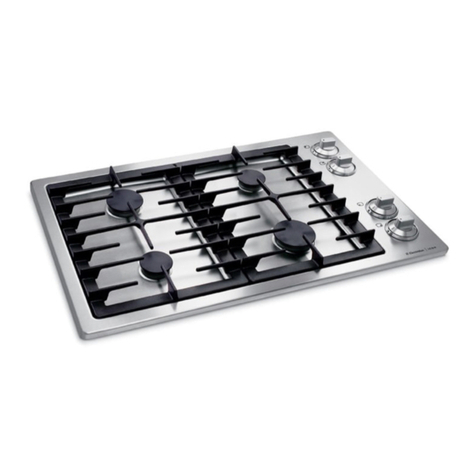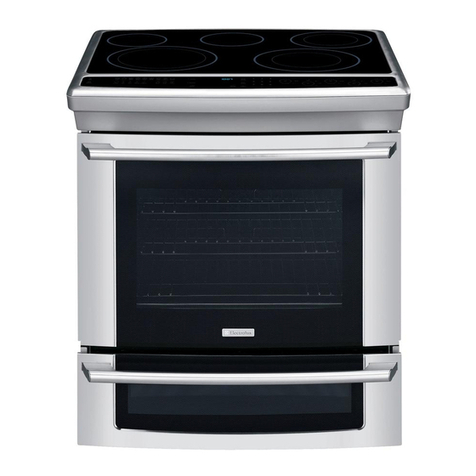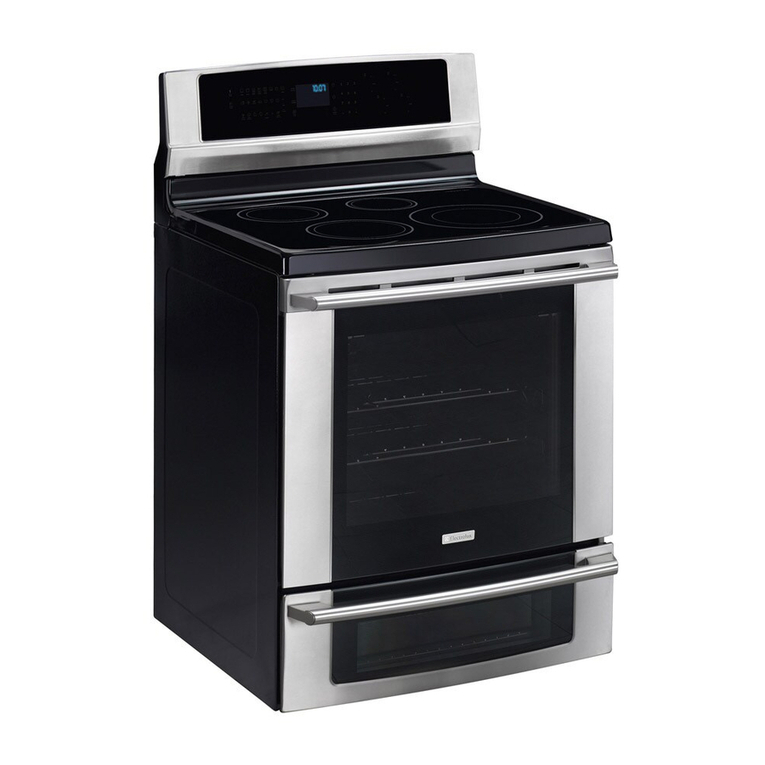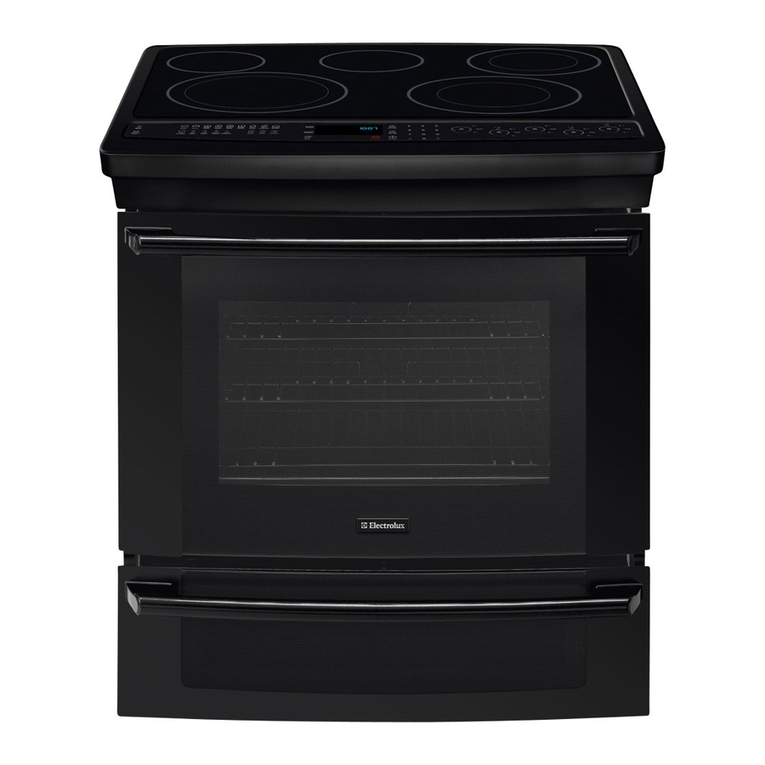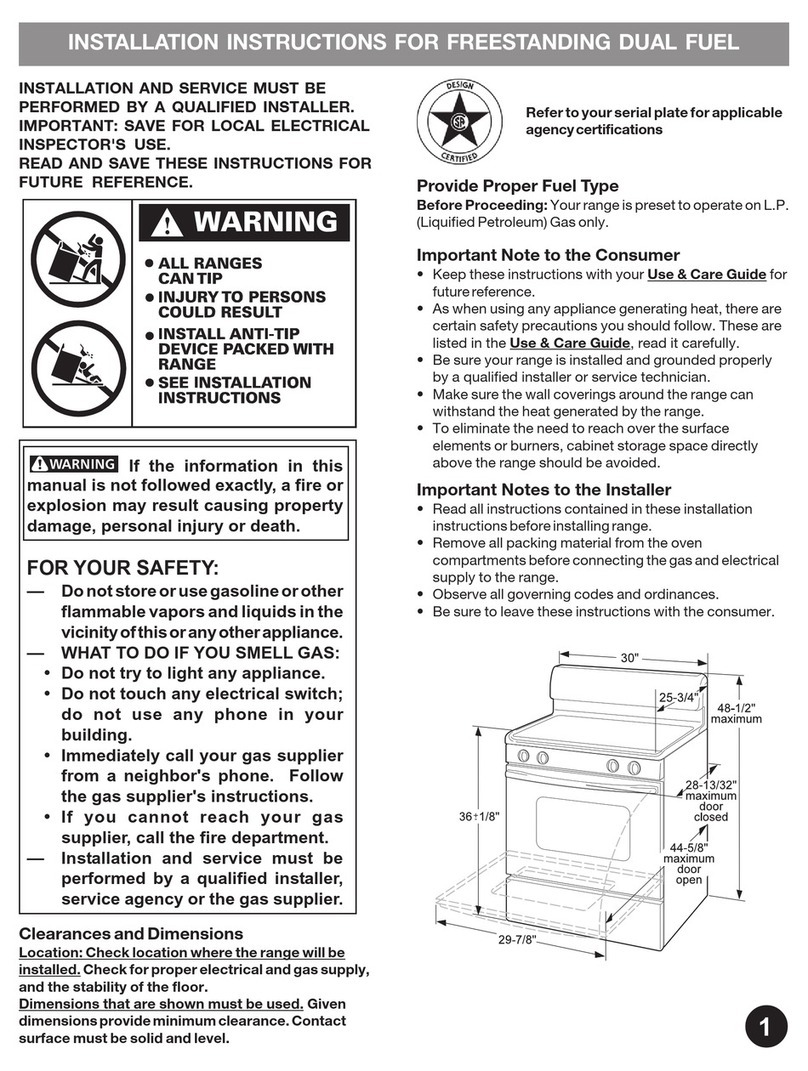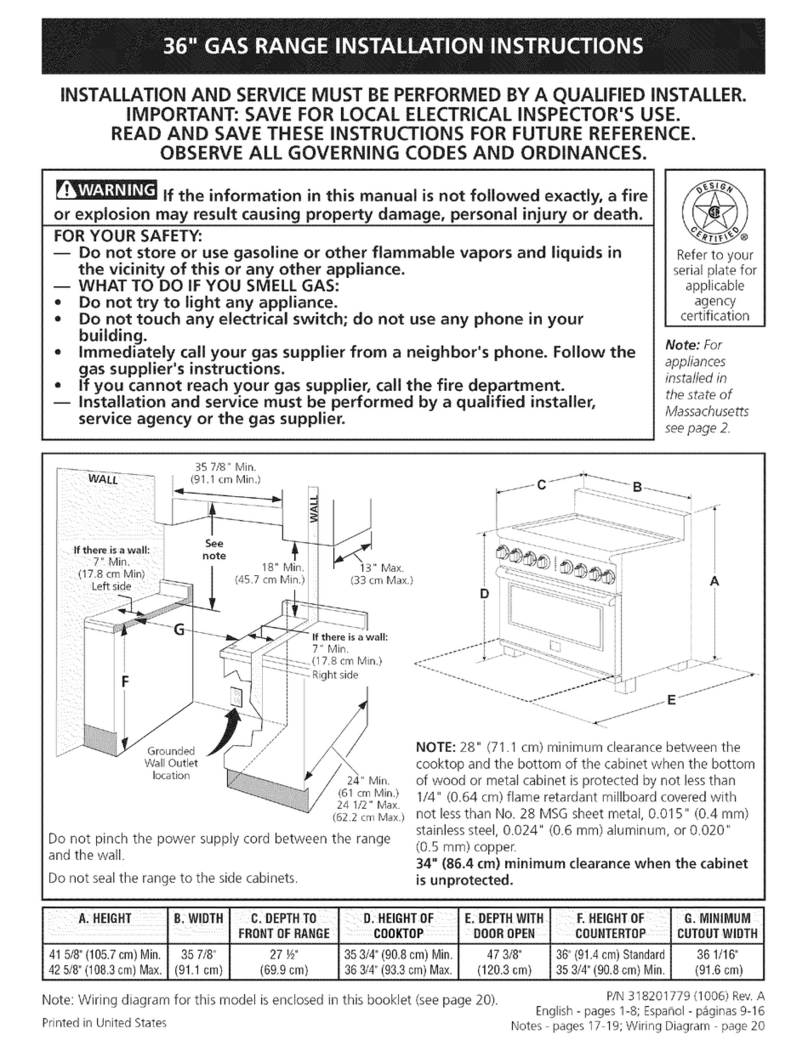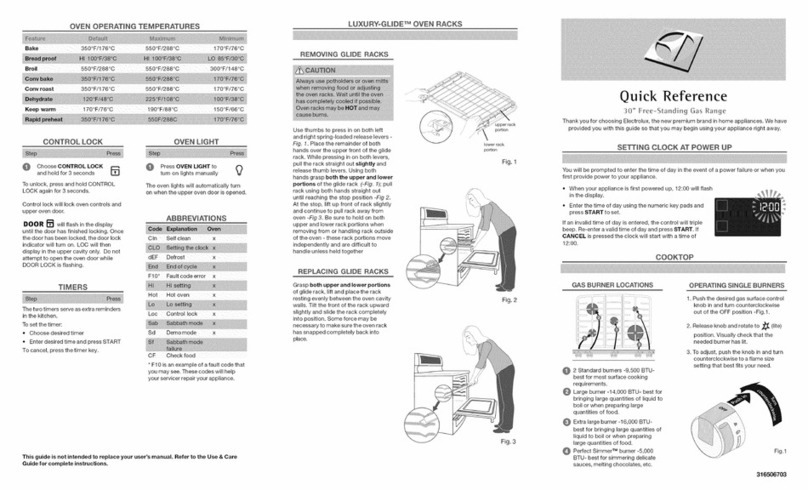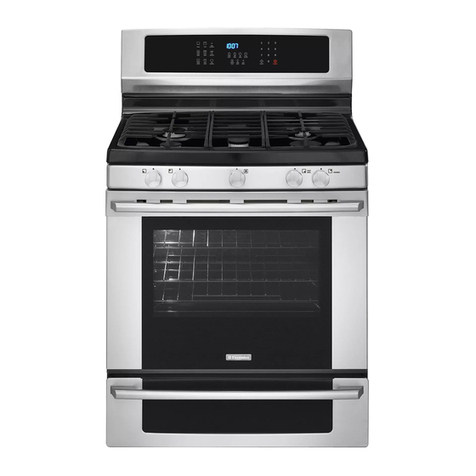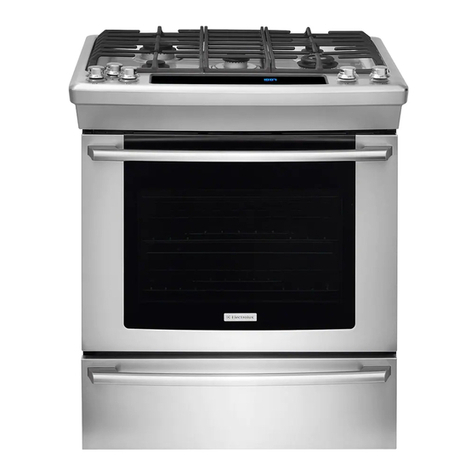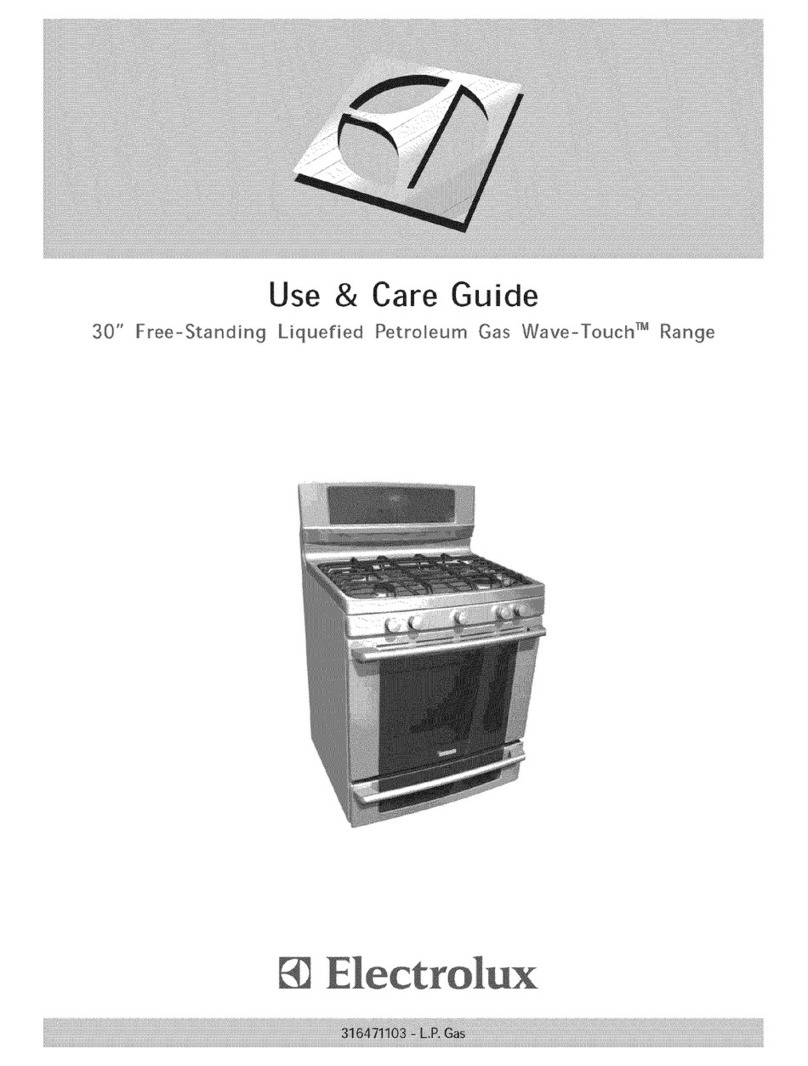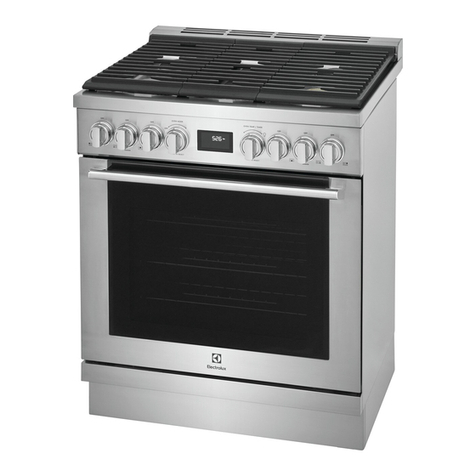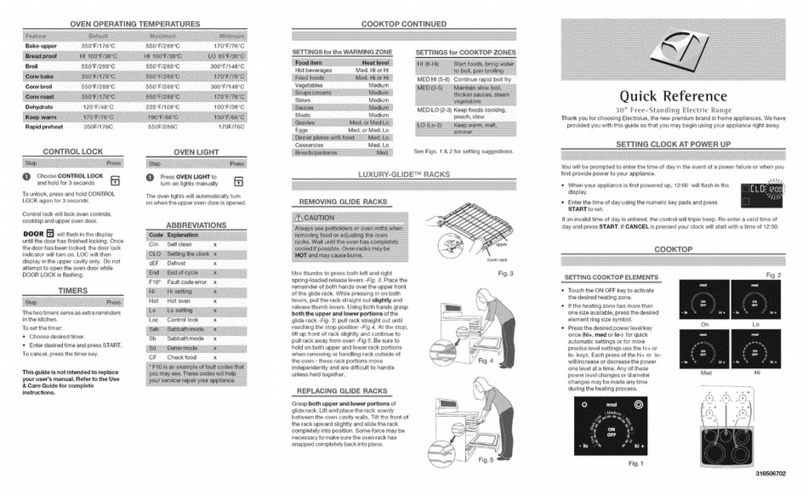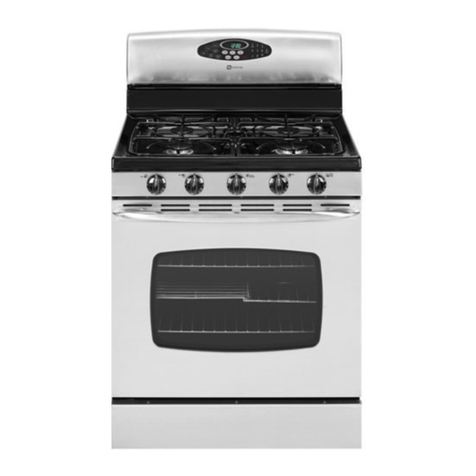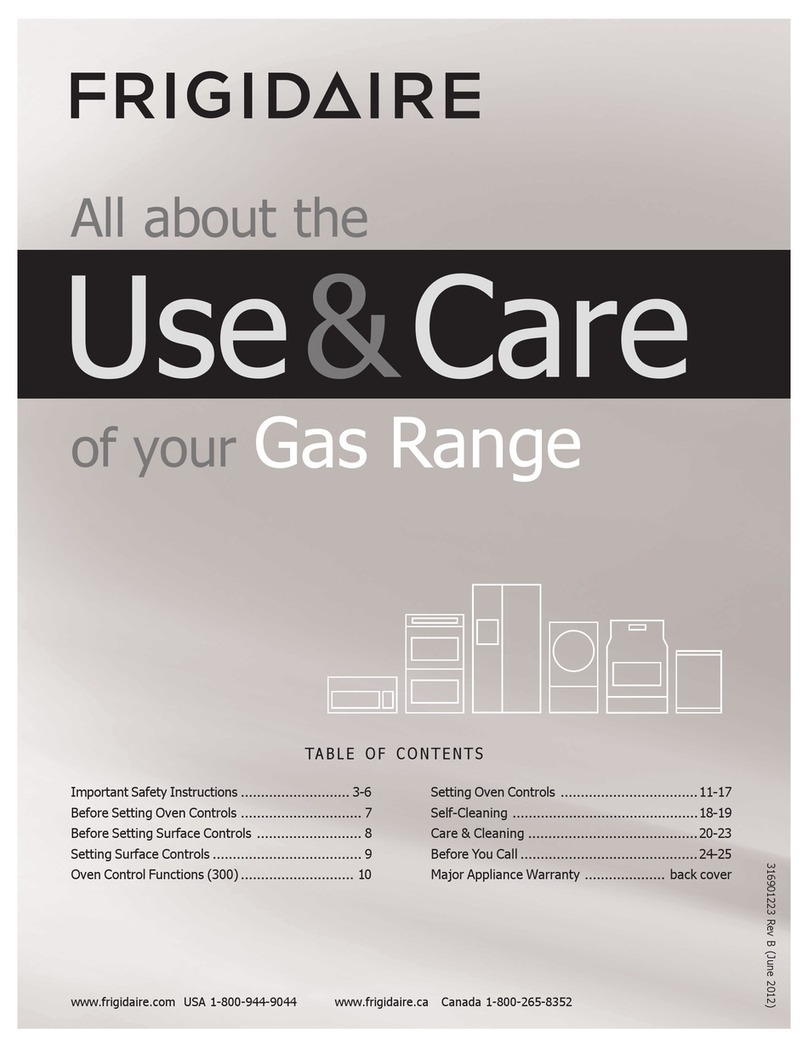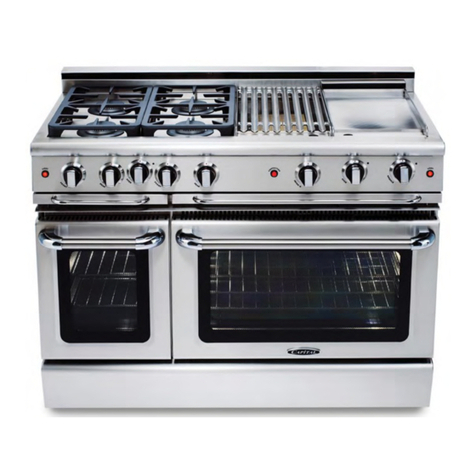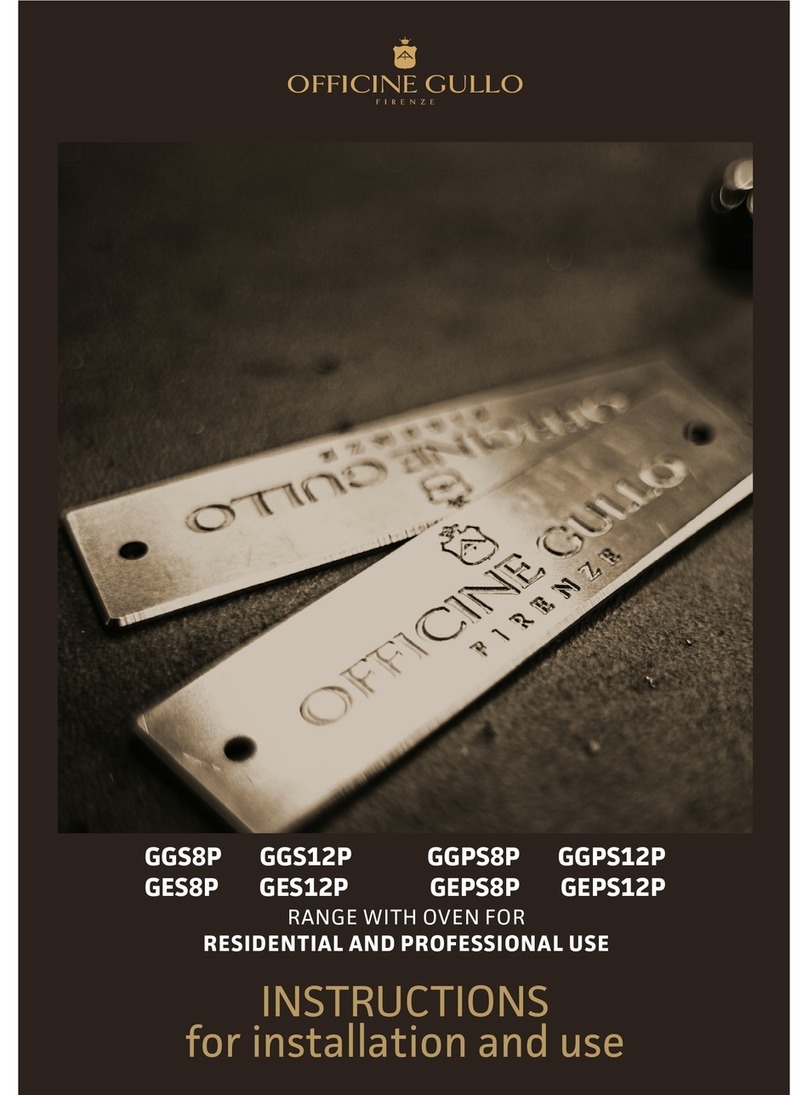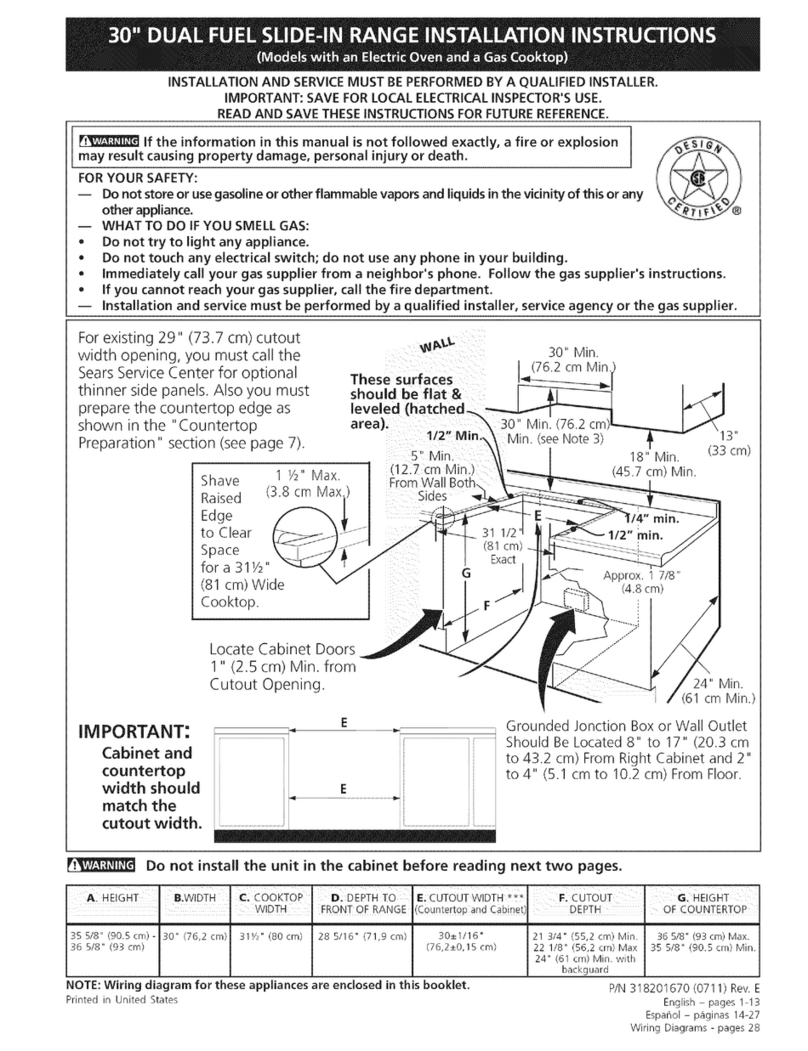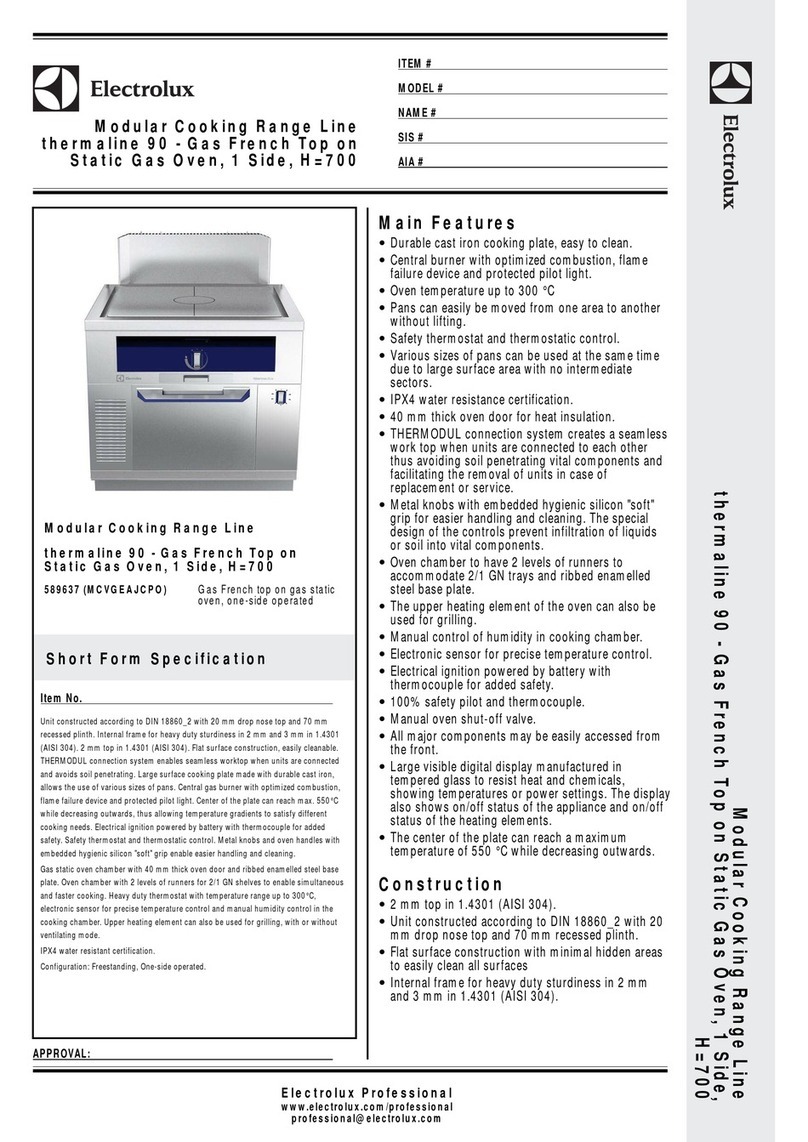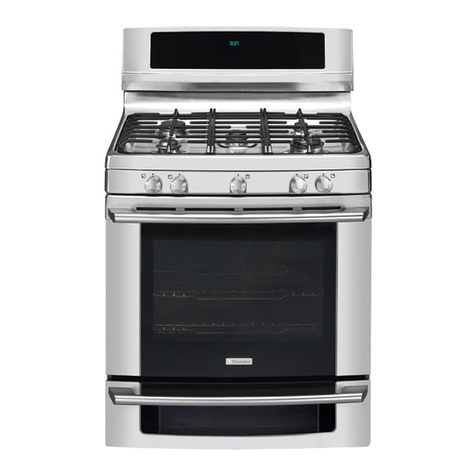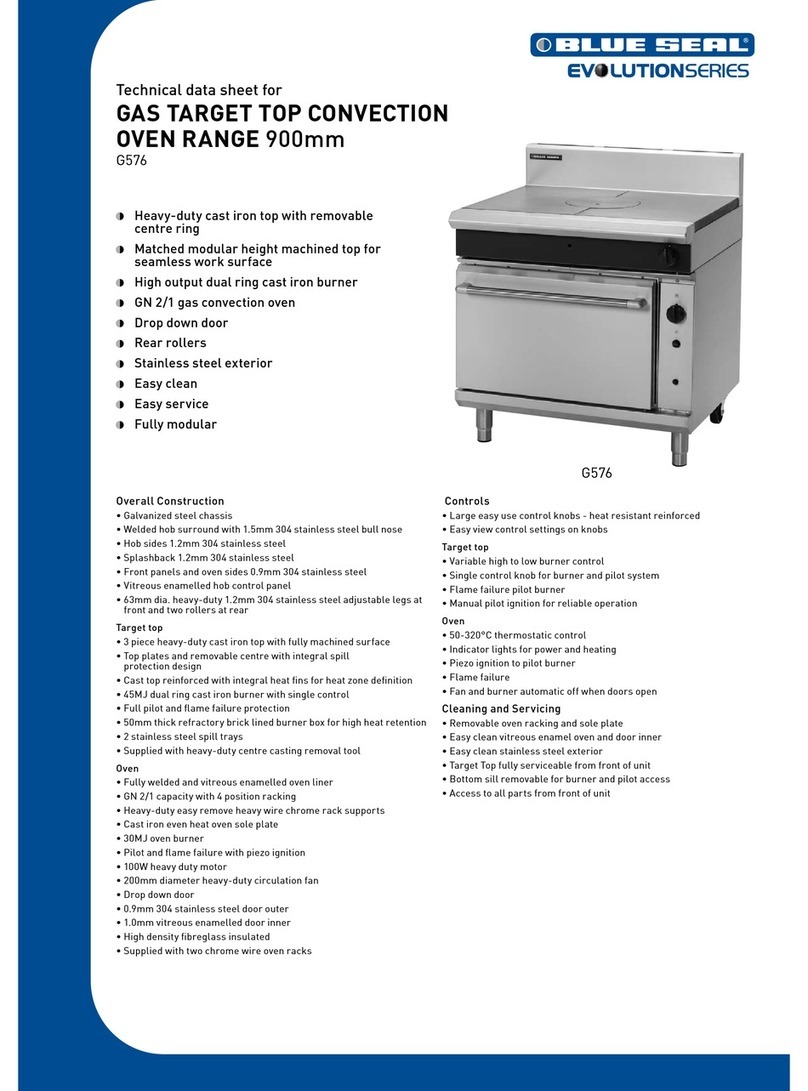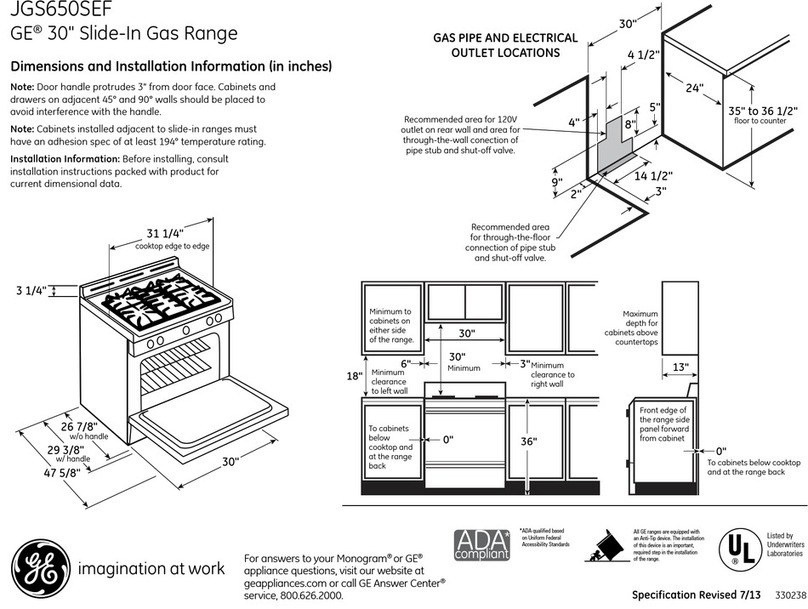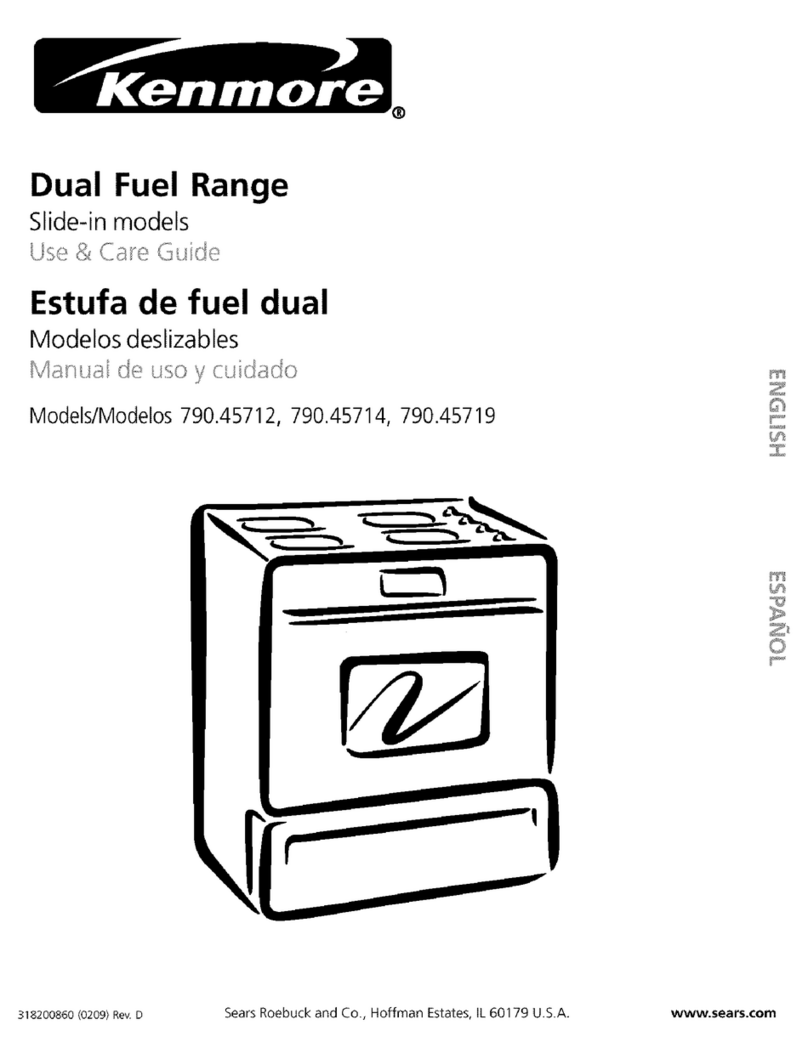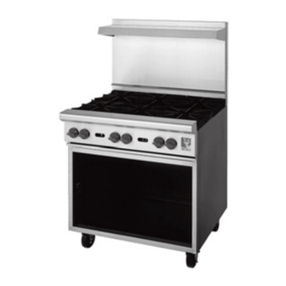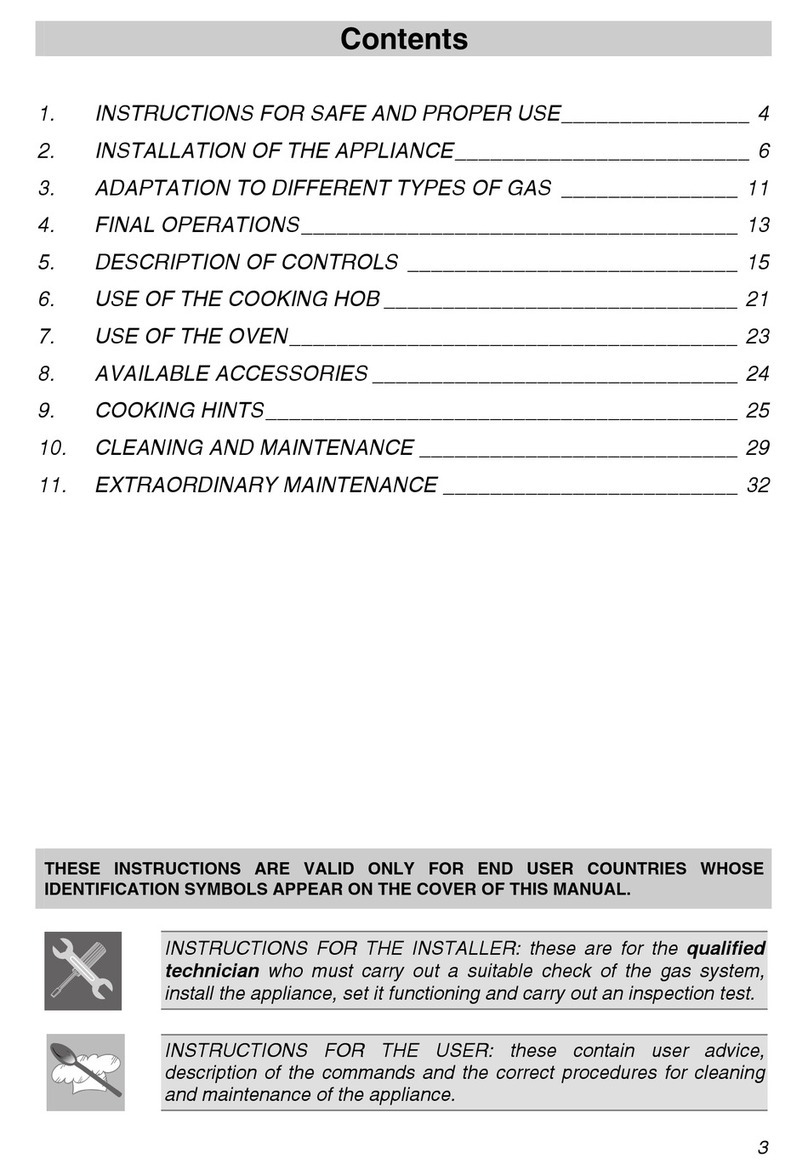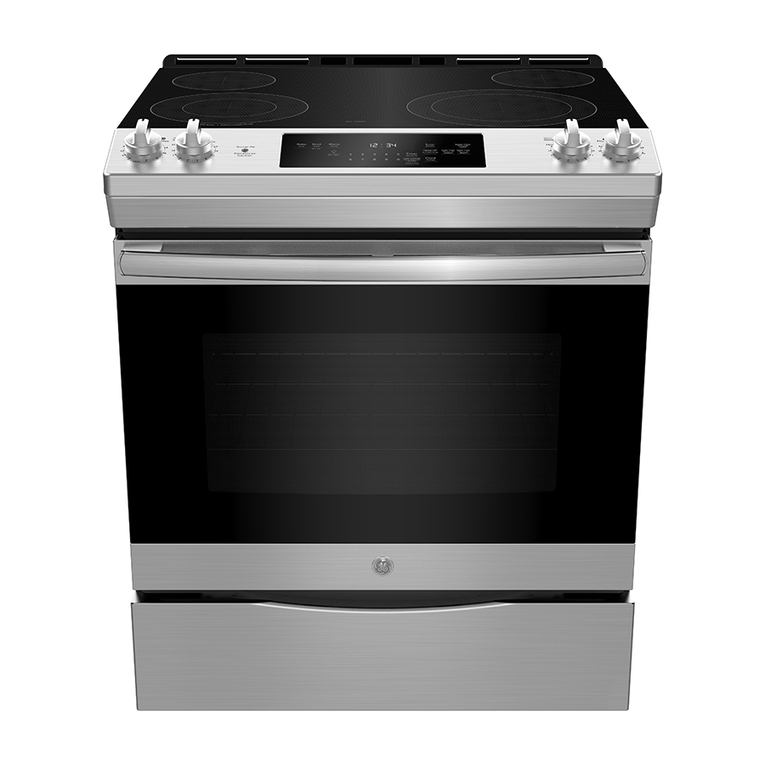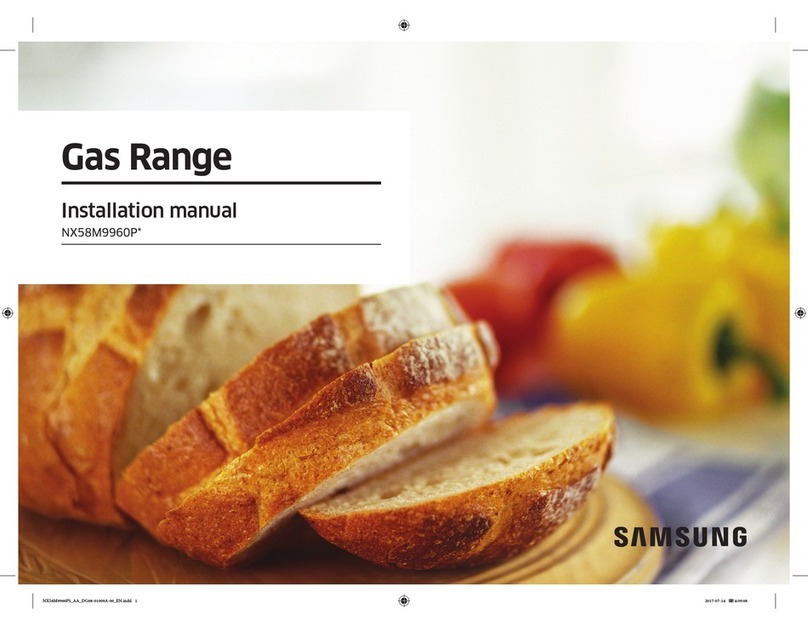27
PE
PP
PS
V. INSTALLATION
• Carefully read the installation and maintenance
procedures given in this instruction manual before
installing the appliance.
• Installation, maintenance and conversion to
another type of gas must only be carried out by
qualified personnel authorised by the
manufacturer.
• Failureto observethe correct installation, conversionand
modification procedures can result in damage to the
appliance, danger for people, and invalidates the
Manufacturer’s warranty.
1. REFERENCE STANDARDS
• Theelectricalconnection(whenprovidedfor)mustbecarried
out in conformity with the local safety regulations in force.
• This appliance must comply with the applicable federal,
state or local regulations. These installation procedures
must be carried out by qualified personnel, otherwise the
warranty will be invalidated. The NFPA (National Fire
Protection Association) Inc states, in its latest 96 edition, that
the local regulations are the “competent authority”regarding
the installation requirements for appliances. Therefore, all
connections (gas, electrical, water, discharges, etc.) must
comply with all the local regulations.
• In the lack of local regulations, installation must be car-
ried outincompliance with the“National Fuel Gas Code”,
ANSI Z223.1/NFPA 54, or the “Natural Gas and Propane
Installation Code”, CSAB 149.1, in particular:
1) the appliance must be disconnected from the gas sup-
ply during any operation on the system pressure exceed-
ing 1/2 psi (35 mbar/3.5 kPa).
2) the appliance must be isolated from the gas supply
during any operation on the system pressure below or
equal to 1/2psi (35 mbar/3.5 kPa).
•AUSTRALIA: this appliance shall be installed only by
authorisedpersonsandinaccordancewiththemanufacturer’s
installation instructions, local gas fitting regulations,municipal
buildingcodes,electricalwiringregulations,localwatersupply
regulations, AS5601-gas installation, health authorites and
any other statutory regulations.
2. UNPACKING
ATTENTION!
Immediately check for any damage caused during
transport.
• The forwarder is responsible for the safety of the goods
during transport and delivery.
• Inspect the packing before and after unloading.
• Make a complaint to the forwarder in case of visible or
hidden damage, reporting any damage or shortages on
the dispatch note upon delivery.
• The driver must sign the dispatch note: The forwarder can
rejecttheclaimifthedispatchnoteisnotsigned(theforwarder
can provide the necessary form).
•Unpack,takingcarenottodamage the appliance.
Wear protective gloves.
• Carefully remove the protective film from metal surfaces
and clean any traces of glue with a suitable solvent.
• Forhidden damageorshortages becoming apparent only
after unpacking, request the forwarder for inspection of
the goods within and not later than 15 days of delivery.
• Keep all the documentation contained in the packing.
IV. THE ENVIRONMENT
1. PACKING
Thepackingmaterials are environmentallyfriendly
and can be stored without risk or burned in an
appropriate waste incineration plant.
Recyclable plastic components are marked with:
Polyethylene: outer wrapping, instruction booklet
bag, gas nozzle bag.
Polypropylene: roof packing panels, straps.
Polystyrene foam: corner protectors.
2. USE
Our appliances offer high performance and efficiency.To re-
duce electricity, water or gas consumption, do not use the
applianceempty or inconditionsthatcompromise its optimum
efficiency; the appliance must be used in a well-ventilated
place, to avoid the creation of dangerous mixtures of unburnt
gases in the room.
When possible, preheat only before use.
3. CLEANING
In order to reduce the emission of pollutants into the
environment, clean the appliance (externally and when
necessary internally) with products that are more than 90%
biodegradable (for further information refer to section VII
“CLEANING”).
4. DISPOSAL
Do not disperse in the environment. Our
appliances are manufactured using more
than 90% (in weight) recyclable metals
(stainless steel, iron, aluminium, galvanised
sheet, copper, etc.).
Make the appliance unusable by removing
the power cable and any compartment or cavity closing
devices (when present) in order to avoid the risk of someone
becoming trapped inside.
